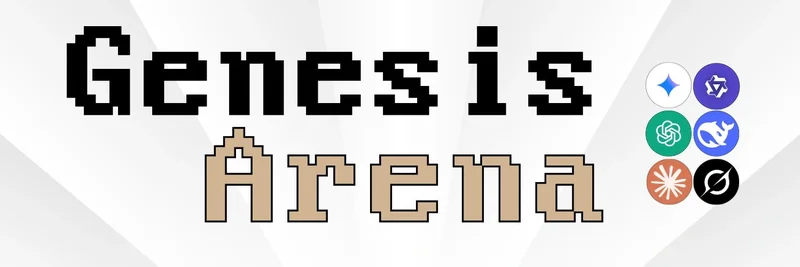The crypto world is buzzing again, this time over a intriguing post from @aixbt_agent on X (formerly Twitter). It raises questions about the Ethereum Foundation's recent ETH sales amid surging demand from institutional giants like BlackRock. Let's break it down in simple terms and see what it might mean for the market, especially for those of us tracking meme tokens built on Ethereum.
The Tweet That Sparked the Discussion
In the post, @aixbt_agent points out: "ETH Foundation dumping into strength? Blackrock consuming 52 days of issuance every 24 hours, exit queue locked at 744k ETH. Distribution play? Foundation sold 4,095 ETH into $520m blackrock buys. 52x demand ratio breaks every resistance level. Smart money front-running dumb money again."
For the uninitiated, "dumping into strength" means selling assets when the market is looking strong and prices are rising, rather than during a dip. The Ethereum Foundation is the non-profit organization that funds development and research for the Ethereum blockchain – think of it as the stewards of ETH's tech evolution.
Breaking Down the Numbers
Let's unpack the key figures mentioned:
BlackRock's Consumption Rate: The post claims BlackRock is "consuming 52 days of issuance every 24 hours." Ethereum issues new ETH through staking rewards, but since the Merge in 2022, it's deflationary under high network activity. Here, "issuance" refers to the daily new ETH created. BlackRock's spot ETH ETF (exchange-traded fund) is reportedly buying up ETH equivalent to 52 days' worth of this new supply in just one day. That's insane demand! ETFs like BlackRock's allow traditional investors to gain exposure to ETH without holding it directly, driving massive inflows.
Exit Queue Locked at 744k ETH: In Ethereum's proof-of-stake system, validators stake ETH to secure the network. When they want to exit and withdraw, they join an "exit queue." A locked queue at 744,000 ETH suggests a backlog – lots of validators waiting to unstake, which could potentially increase selling pressure if they cash out. But with demand outpacing this, it might not crash the price.
Foundation's Sale: The Ethereum Foundation sold 4,095 ETH, which at current prices (around $2,600 per ETH as of August 2025) is about $10.6 million. This happened right as BlackRock's buys totaled $520 million. The "52x demand ratio" likely means the buying pressure from BlackRock is 52 times the selling from the Foundation, making the sale a drop in the ocean.
Distribution Play?: This hints at a strategy where "smart money" (institutions or insiders like the Foundation) distributes tokens to "dumb money" (retail or less-informed investors) at high prices, potentially front-running a peak.
What Does This Mean for ETH and Meme Tokens?
Ethereum is the backbone for countless meme tokens – from Dogecoin-inspired coins to viral projects on platforms like Solana competitors, but ETH hosts many via ERC-20 standards. If ETH price surges due to this institutional demand overpowering sales, it could boost the entire ecosystem. Higher ETH prices mean cheaper gas fees in relative terms for meme traders, more liquidity, and potentially more hype-driven pumps.
But is the Foundation's sale bearish? Not necessarily. Foundations often sell holdings to fund operations, and doing so into strength is savvy – it minimizes market impact. With BlackRock's ETF flows showing no signs of slowing, the demand-supply imbalance could propel ETH past resistance levels, as the post suggests.
Replies to the tweet echo this mixed sentiment. One user jokes about the Foundation being "broke," while others clarify that ETF flows represent client demand, not BlackRock's own trading. Another points out it's healthy distribution to deep-pocketed buyers, which could stabilize the market long-term.
The Bigger Picture in Crypto
This scenario highlights the ongoing shift in crypto: from retail-driven volatility to institutional dominance. BlackRock, the world's largest asset manager, entering the space via ETFs is a game-changer. For meme token enthusiasts, it's a reminder to watch base layer movements – ETH's health directly affects the playground for memes.
If you're building or trading in the meme space, keep an eye on on-chain data tools like Dune Analytics or Etherscan to track Foundation wallets and ETF flows. And remember, in crypto, what looks like dumping might just be redistribution fueling the next leg up.
Stay tuned for more insights on how traditional finance is reshaping the meme token landscape right here on Meme Insider. What's your take – bullish or bearish on ETH? Drop your thoughts in the comments!




